ETIAS was originally supposed to go live in 2022, but it got pushed back, and the official launch is now expected in the second half of 2025. The exact dates are a bit ambiguous, but the European Commission has guaranteed that it will be fully running by 2025.
Let’s break down the specifics of what ETIAS is, why it’s important, and what it means if you’re headed to Europe in 2025.
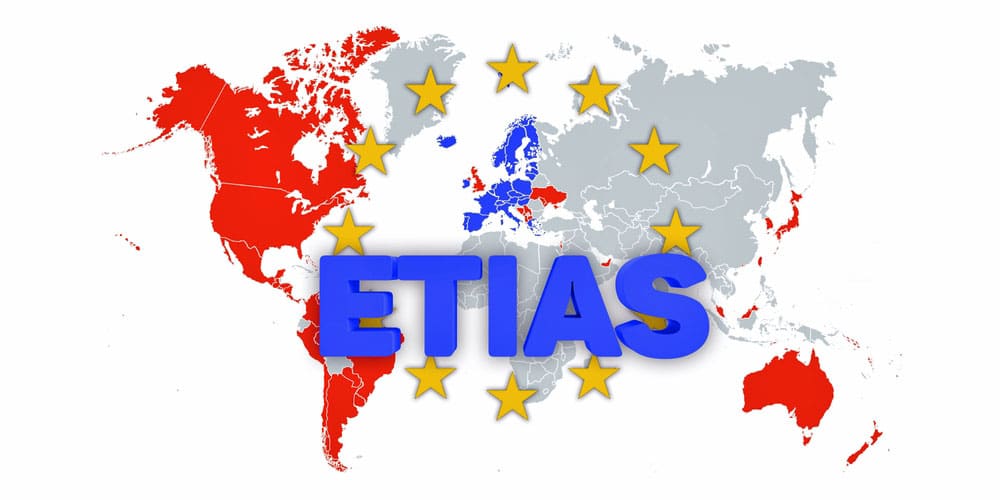
When in 2025 Will ETIAS Start?
ETIAS stands for European Travel Information and Authorization System, a new visa waiver program for travelers from non-visa free countries that want to enter any of the 30 European countries in the Schengen Area:

Therefore, if you’re a citizen of a nation that doesn’t need a visa for those European countries now, you will need an ETIAS prior to visiting.
Here are the European visa-free countries list:
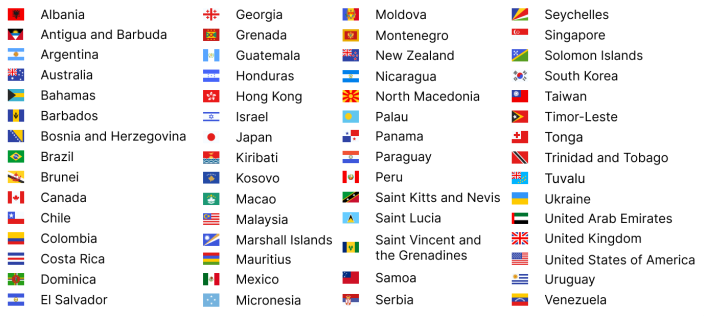
ETIAS is not in effect yet, and the EU has stated that it will not go live until at least 2025. While there’s no specific date, the EU will provide a notice a few months out before the go-live date.
There are specific cases where you do not need an ETIAS Travel Authorization, such as for citizens of the UK. For more information, check the official site to see whether or not you need to apply for ETIAS at: https://travel-europe.europa.eu/etias/who-should-apply_en
How Does ETIAS Affect Travelers?
ETIAS is an online form that connects to your passport. It’s good for 3 years or until your passport has expired (whichever comes first). If you renew your passport, you’ll need to get a new ETIAS.
If You’re Traveling Before Mid-2025:
If you’re traveling to those 30 countries before June 2025, you don’t have to worry about ETIAS.
If You Plan on Traveling After June 2025 (Tentatively), Keep an Eye On:
ETIAS Transition Period:
Once ETIAS becomes mandatory, there will be a 6-month period of adaptation.
The EU states that you should have been requested the ETIAS, so it should be at the request stage during it. Nonetheless, you can still enter the EU without an ETIAS within that 6-month period as long as all the other requirements are met. It is recommended to request your ETIAS as soon as it is launched.
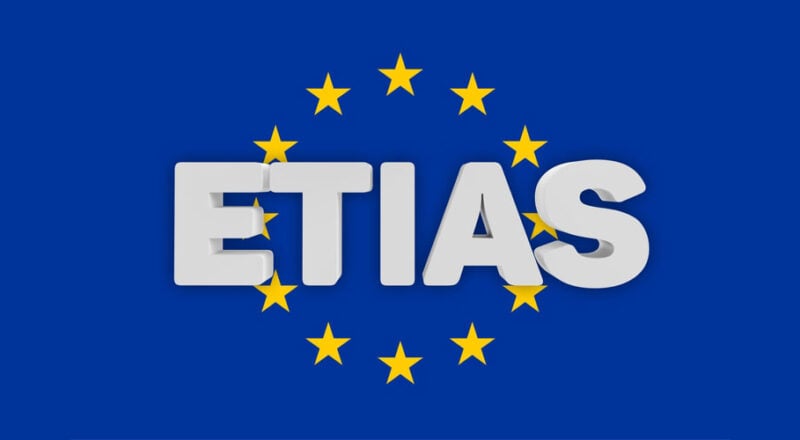
Grace period:
At the end of the transition period, you will need an ETIAS travel permit to visit the 30 European countries.
There will be one exception: Those who visit Europe for the first time after the transition period will be allowed entry without having an ETIAS, provided they meet all other entry requirements.
For Non-EU Travelers:
EES Biometric Checks:
The Entry-Exit System (EES) for non-EU nationals will gather biometric data (fingerprints and facial scans) of travelers upon entering and exiting the EU, but no biometric data will be required for ETIAS.
For Residents of Visa-Required Countries:
Some nations who normally need a visa to enter Europe might be able to use ETIAS, though the specifics vary.
Official ETIAS website: europa.eu/etias
Apply for ETIAS
Who Needs to Apply for ETIAS?
Citizens of European visa-free countries — such as the United States, Canada, Australia, and Japan — need to apply for ETIAS before traveling to the Schengen Zone and outlying territories.
Full list available on the official website: https://travel-europe.europa.eu/etias/who-should-apply_en
Application Process and Fees
1. Travel Document:
You must have a travel document issued within the last 10 years that meets international standards and has at least three months of validity beyond the availability of the visa.
2. Information:
You have to fill out an application form, including your personal details, your education, and some questions about travel and safety.
You need to apply for minors under 18, and applications can only be made by those who hold permanent or temporary parental rights and responsibilities.
3. Application Fee:
Travelers from 18-70 must pay a 7-euro application fee (approximately 8 USD). However, travelers under 18 and over 70 arenot required to pay this fee.
Official Website: https://travel-europe.europa.eu/etias/what-you-need-apply_en
EU and Schengen Zone Have Different Rules
It’s vital that you understand the difference between the EU and the Schengen Area because they have separate laws in relation to ETIAS:
The Schengen Area: These 26 European countries are a mix of EU members (almost all) and non-EU states (Norway and Switzerland, for example). In the Schengen Area, people can travel freely without a passport. An ETIAS is required for any Schengen Area country.
European Union (EU): An agreement among 27 countries but the Schengen Area countries are not the same as EU countries (e.g., Switzerland and Norway are in the Schengen but not the EU and not all EU countries are in the Schengen zone). All non-Schengen EU countries will remain exempt from this rule, so travel to Croatia, Ireland, Romania, etc., will be unaffected.
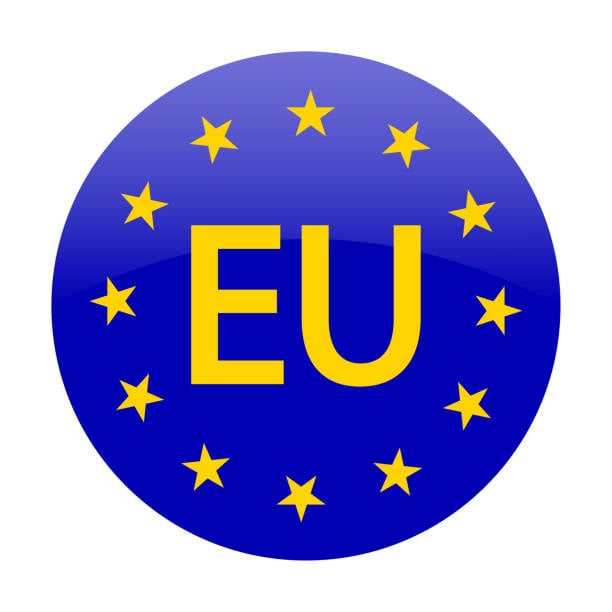
Notes on Applying for ETIAS
1. Timing of Application
Applications must be made at least 96 hours before departure (though processing usually takes much less time).
2. Eligibility Check
ETIAS will only be mandatory for travelers from visa-waiver countries who are visiting the Schengen Area or eligible related countries. Check if you qualify before you apply.
3. Valid Passport
Your passport has to be valid for at last 3 months beyond your planned date of entry into the Schengen Area. If yours is about to expire, I recommend renewing it before you apply.
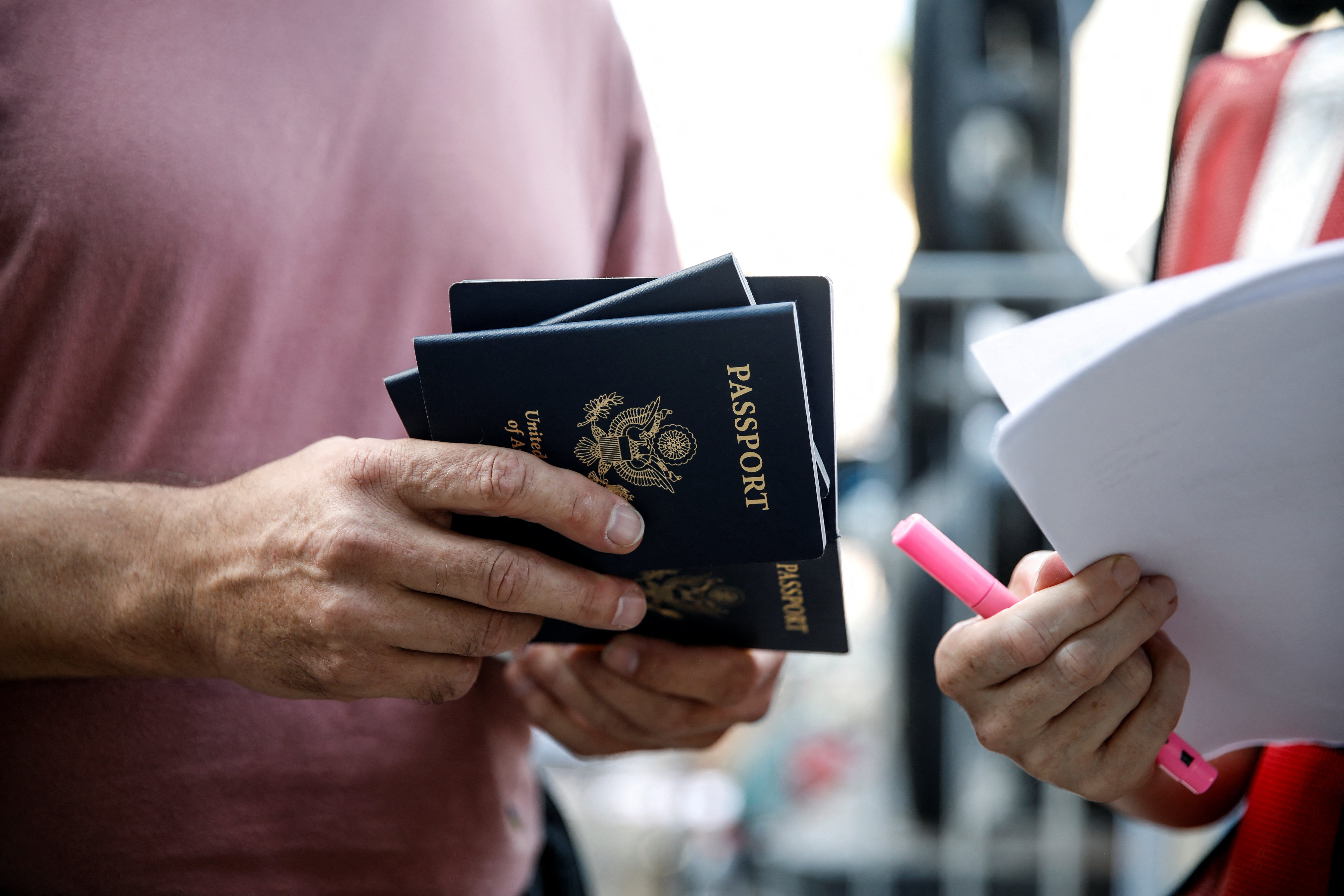
4. Accuracy of Information
Double-check that all of the information you submit — such as passport details and your itinerary — is correct as any errors will slow down the process or may get your application denied.
5. No Guarantee of Entry
ETIAS (European Travel Information and Authorization System) is not a visa. It doesn’t offer automatic right to enter the Schengen Zone — that’s still up to border control.
6. Validity Period
The ETIAS is valid for 3 years or until your passport expires. If your passport is renewed, you will be required to reapply.
7. Exemptions
Those travelers who are under 18 years of age or over 70 are excluded from the €7 fee, though they still have to register for ETIAS.
Knowing these key points will make the application process easier, and you’ll be ready for your European adventure.
FAQ
1. What if my ETIAS application is denied?
If your ETIAS application is rejected, you will be notified and then have the right to appeal.
2. Will ETIAS be available in multiple languages?
Yes, you can apply for and complete the ETIAS registration process in your native language.
3. Is it possible to update your ETIAS once processed?
The fastest and easiest way is to request a new ETIAS travel authorization. You can use the information from your previous application to fix errors, which is quicker and more efficient.
If it’s a minor error, like if you made a typo or something similar, you could apply for a correction. However, it could take up to 30 days to process your request.
Conclusion
While the introduction of ETIAS in 2025 may be several months away, it is worth preparing for the shift.
So in the meantime, keep an eye on the news, and be ready to apply for an ETIAS to help you travel around Europe more easily!
